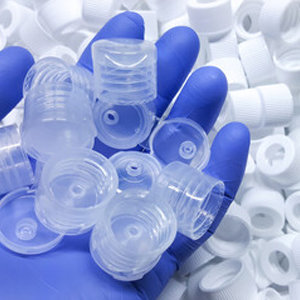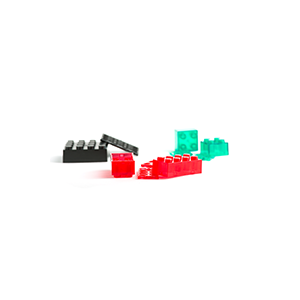Hey guys! Do you know what plastic injection molding is? If not, don’t worry, I have your back. Let’s dive into the world of plastic injection molding and uncover what it’s all about.
So, picture this: you have a bunch of Legos and you want to build a cool spaceship. What’s your job? You take a mold, pour some molten plastic, and voila! You already have a plastic spaceship. That, my friends, is the essence of plastic injection molding.
But wait, there’s more! Plastic injection molding is about more than just making toys. It’s a versatile manufacturing process used to produce everything from car parts to kitchen appliances. The process involves pouring molten plastic into a mold, allowing it to cool and solidify, and then ejecting the finished product. It’s like magic, just made of plastic.
Now, you’re probably wondering: “What does this have to do with me?” Well, think about all the buttons on your remote, even the plastic you use to store your pearly white bling toothbrush made of plastic. It is likely that many of these items are made using plastic injection molding.The following is the formal explanation!
 Plastic injection molding, a crucial manufacturing process, involves melting raw material, injecting it into a mold, and allowing it to cool into a hardened shape. Used extensively across industries, this process demands a nuanced understanding of material properties and precise mold creation. Originating from early die casting for metals, plastic injection molding has evolved into a sophisticated art and science, playing a vital role in producing components for electronics, automotive, housewares, and food packaging.
Plastic injection molding, a crucial manufacturing process, involves melting raw material, injecting it into a mold, and allowing it to cool into a hardened shape. Used extensively across industries, this process demands a nuanced understanding of material properties and precise mold creation. Originating from early die casting for metals, plastic injection molding has evolved into a sophisticated art and science, playing a vital role in producing components for electronics, automotive, housewares, and food packaging.
The process of production:
- Design and prototype testing of the part.
- Development of a durable steel or aluminum mold, incorporating intricate systems for process control, taking several weeks.
- Loading of raw material into a “feed hopper” during production.
- Heating the material in a “barrel” to a viscous state, between solid and liquid.
- Hydraulic closure of the mold to endure incoming material pressure, as the plunger forces the viscous material into the mold.
- Rapid cooling of the material in the mold, followed by ejection as a finished part after a predetermined time.
- Implementation of quality assurance checks on the finished part.
- Preparation for the next processing cycle with the mold closing again.
 The Advantages of Plastic Injection Molding
The Advantages of Plastic Injection Molding
- Infinite Variety:Plastic injection molding facilitates the production of virtually any imaginable shape for plastic parts.
- Precision in Details: The injection force guarantees thorough filling of even the tiniest spaces in molds.
- Cost Efficiency: Despite upfront mold creation costs, highly automated production processes lead to a notably low cost per part.
- High Production Output:Rapid production capabilities allow for the quick manufacturing of parts.
- Long-term Cost-Effectiveness:Plastic injection molding proves more cost-effective in the long run compared to machining, despite potentially lower upfront costs for machining.
- Resource-Conscious Manufacturing:The injection process optimizes material usage, utilizing only as much material as needed for each part. Any surplus material can be ground up and recycled.
In conclusion, plastic injection molding is a fascinating process that plays a significant role in our daily lives. It’s a bit like the unsung hero of manufacturing – quietly shaping the world around us one plastic part at a time.
So, there you have it, buddy. The next time someone asks you about plastic injection molding, you can confidently say, “Oh, I know all about that!” Keep on learning and exploring, because you never know what cool tidbits of knowledge you’ll stumble upon next. Cheers to the world of plastic injection molding!LOL.